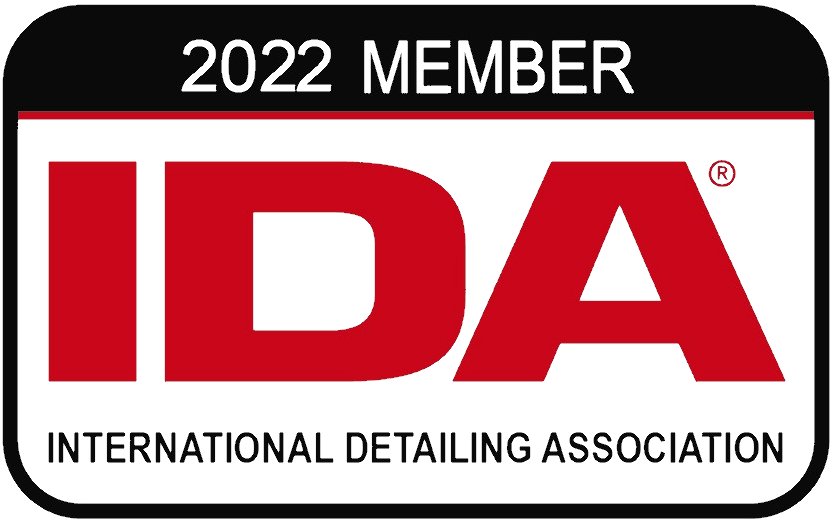FAQs

General

Automotive

Marine

DIY

Glass & Solar

Home Care
General
A ceramic coating hardens significantly upon drying. Unlike a wax which dries, but is still quite malleable. A ceramic coating dries into a hardened mineral layer on the surface of a car. Making it incredibly resilient, while being easy to apply.
This is Silicone Dioxide, and is the umbrella name for a series of derivate products used in the making of a ceramic coating. Where Silicone Dioxide acts as the base, companies include different additives to achieve different effects.
A graphene coating is a coating that has been chemically bonded with graphene particles to reinforce it. This makes the resulting structure significantly harder, and more resilient to damage. With the graphene effectively acting as a molecular rebar to reinforce the SiO2.
10H refers to how hard the coating is. This determines how hard the coating is to scratch. We use the industry standard Graphite Scale of Hardness, with 10H being the highest possible rating. This has been independently verified, and we offer access to documentation on this upon request.
N1 is how smooth the surface is, with N1 being the smoothest possible in this product category. A smooth surface not only looks incredible, but it also helps to prevent particulate matter and debris such as dust from sticking to the surface. This has been independently verified, and we offer access to documentation on this upon request.
Automotive
A high-quality coating will protect your car during day-to-day usage, keeping it looking sparkling new. This includes protection from scratches, nicks, dust, dirt, water, mud, chemical, and UV damage.
With a ceramic coating, you will not need to wax your car. However, we do recommend giving it a touch up yearly with Hybrid Ceramic Spray. This helps to strengthen any worn spots on the coating.
Coatings can protect more then just the external paint. They are also used to protect glass, plastics, and even leathers and fabrics. These will help to keep the car clean and shining.
In short, yes. Because the inside of your car faces much more contact, we recommend reapplying it once a year. This will help to protect the internal surfaces and keep it looking perfect.
No, a ceramic coating is not designed to protect a car from major damage such as keying. There are currently no products on the market with such a capability.
To maintain the longevity of a coating and the underlying paint, we highly recommend keeping the vehicle under cover when not in use. This prevents over exposure in regions with a high UV index, and minimises exposure to falling debris.
Coatings can protect more then just the external paint. They are also used to protect glass, plastics, and even leathers and fabrics. These will help to keep the car clean and shining.
Marine
Yes. Our coatings are not only safe to be used on top of paint and gel coat, but are actually designed to seal it in and protect the vessel.
No. Our coatings are highly stable and non-soluble. As with any coating, there will be wear over time, but it does not break down and leech in water.
As with anything at or below the water line, there will be greater wear. However, our coatings are designed to last up to 2 years.
No. Our coatings are designed to be simple to clean, and help keep a vessel in perfect condition. This includes by preventing fouling and corrosion, along with being hydrophobic.
As with all ceramic coatings for marine use, there are no additives for a non-slip effect. However, the hydrophobic effect promotes grip, even when wet.
The only marine products that are able to do this are specific paints that are designed for that purpose.
DIY
Not all detailing jobs require a professional hand. There is plenty that can be done to clean and detail a car with the right product. This option also helps to save time as well as cost.
If you are new to detailing, DIY is the perfect place to start. Our products are designed to be simple to use with clear instructions to leave any job flawless.
With the simple to use nature of our DIY range, the results will be perfect and lasting.
For our DIY range, the only equipment that we recommend is the products itself and a microfibre cloth.
They are designed to be safe to use. For precautionary reasons, we recommend using them in a well-ventilated area, and washing off any product that makes contact with your skin. Further safety information is available via the MSDS on the product page.
Glass & Solar
As a material, glass is quite fragile and prone to wear. For the best look and clarity, we recommend a ceramic coating. This will keep the underling glass scratch free and safe. Especially as a windshield is exposed to considerable debris.
Solar panels rely on the clarity of the surface to generate power. With a ceramic coating, they are simpler to clean while being made more resistant to scratches and wear. Making the whole unit more efficient and durable.
No. The coating is completely translucent, and is designed to offer perfect visibility. It also has the added benefit of scratch resistance, helping to keep visibility clearer and avoid visual noise.
No. Because the coating is completely translucent, it allows the photovoltaic cells inside the unit to operate normally. The only wavelength blocked is UV, and this high wavelength form of light is known to be destructive to the cells.
Yes. We actually recommend this, as the added UV blocking of a tinted window helps to protect the interior of the car and the driver. Along with helping to avoid the tint from peeling, as it seals it in.
Home Care
Ceramic coatings in the home confer a number of benefits depending on the surface. But for anyone that loves having their abode look fresh and new, coatings help to keep them looking sterling. While protecting the surfaces from damage and making things simple to clean.
Our product range is designed to cover a whole home. From the fabrics, to metals, wood, bricks, marble, glass, and concrete.
Coating a fabric gives the treated surface a hydrophobic effect. Making it harder to stain and easier to clean. This makes it perfect for carpet, clothes, curtains etc.
Wood is a material that is susceptible to all kinds of damage. If the wood is treated, a coating is designed to help to protect the top coat and lacquer. For untreated wood, it confers the benefit of the hydrophobic effect. Helping to prevent moisture build up.
These surfaces are already uniquely hard, but the surface is often vulnerable to scratching and wear. With a ceramic coating, this is minimised, helping to keep the surface looking brand new.
Windows are persistently exposed to the elements, and take on a significant amount of damage from dust, debris, and dirt hitting them throughout the day. With a coating, damage such as micro-scratches is minimized. Keeping the view beautiful and clear.















